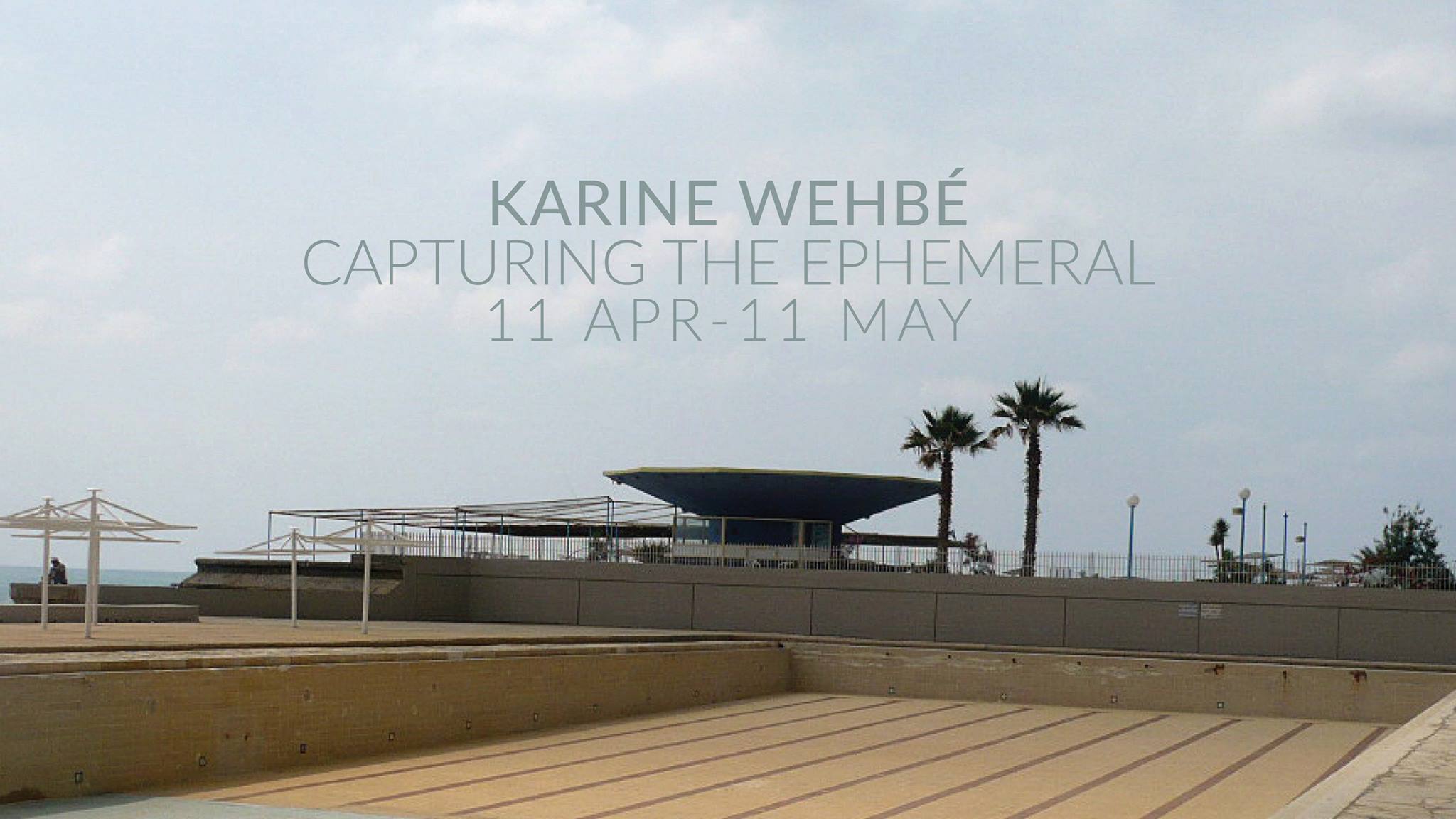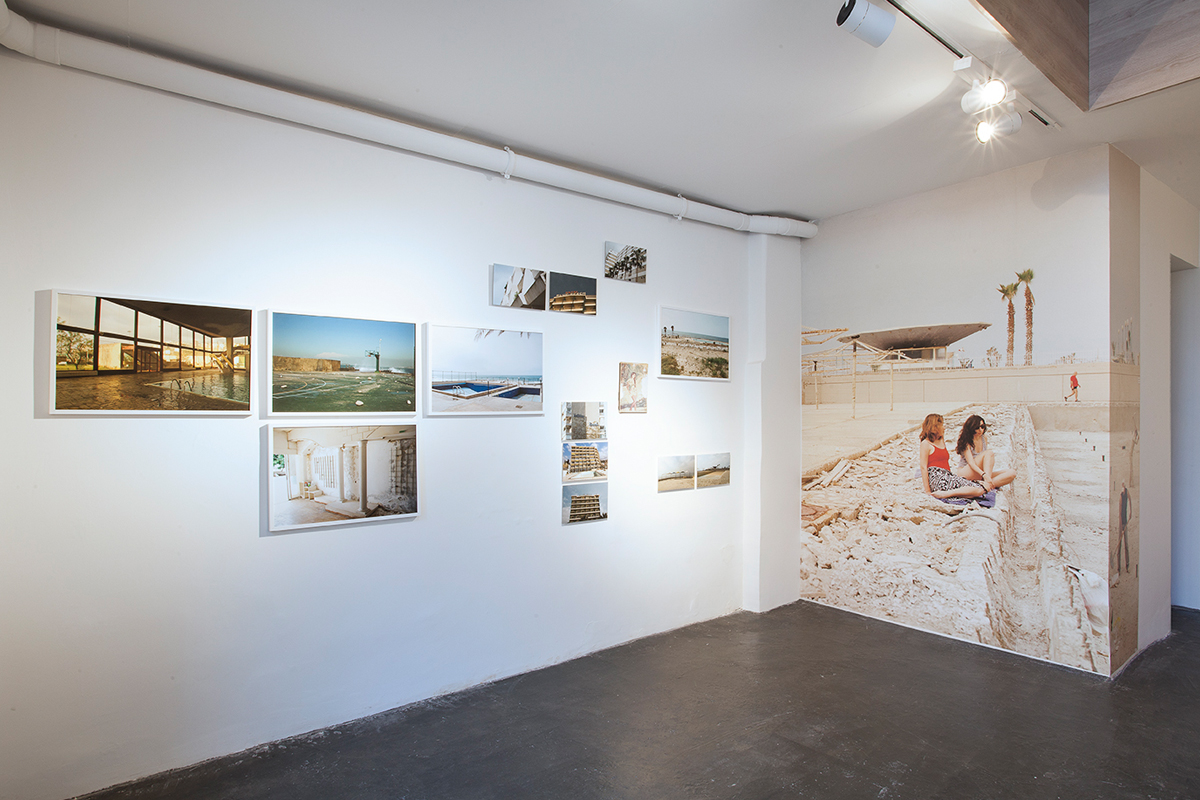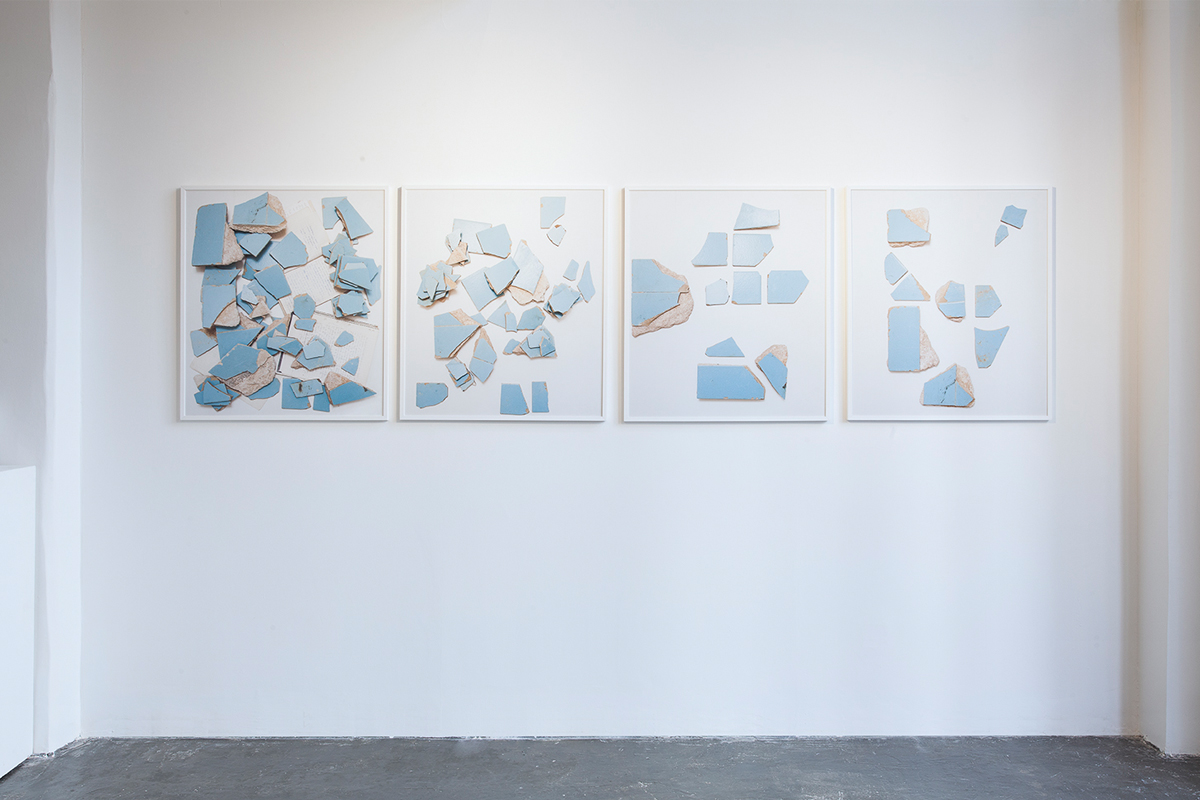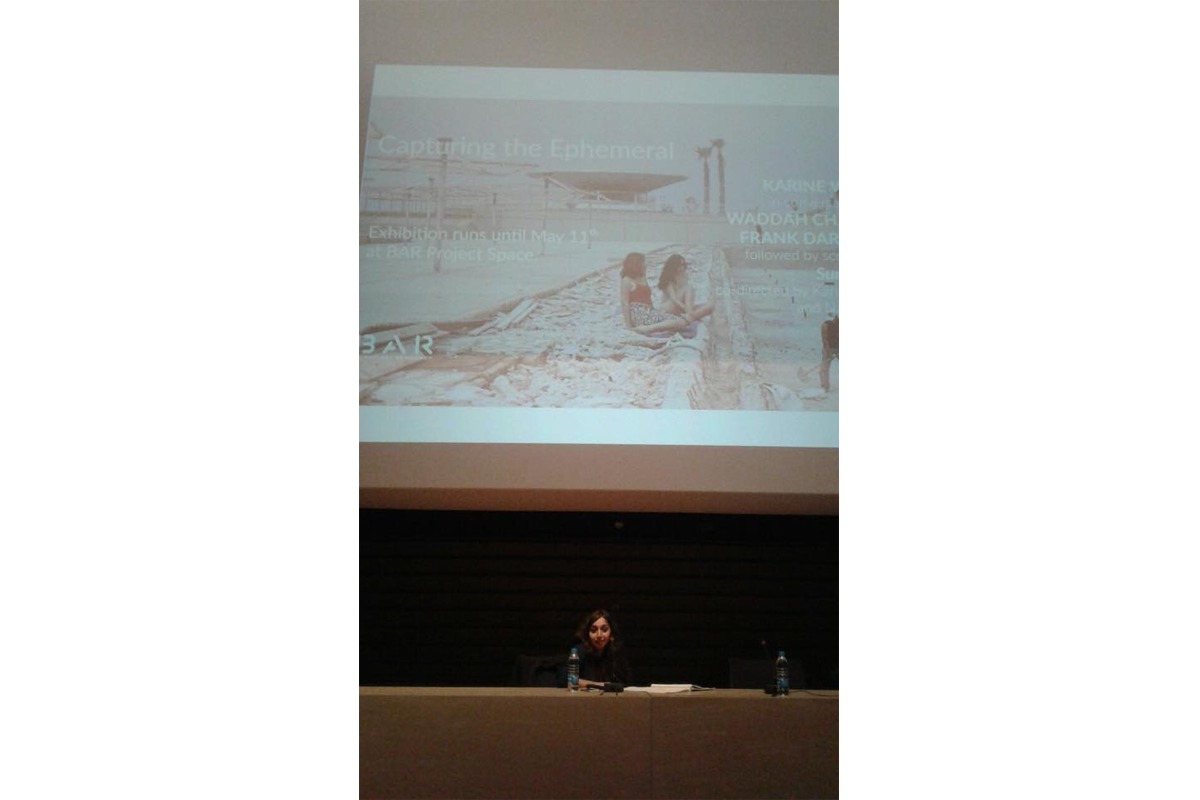Capturing the Ephemeral
April 11- May 11, 2018

BAR presents Karine Wehbé’s solo exhibition ‘Capturing the Ephemeral’
Followed by a talk at Sursock Museum the next day on April 12, 7PM, in conversation with Waddah Charara and Frank Darwiche.
The exhibition chronicles narratives from the beach resorts in northern Lebanon while investigating the process of recollection.
Using locations and objects as signifiers of events, Wehbé’s new series dislocates the object onto another stage and explores the failure to recreate a sentiment associated with a moment, person or location.
“The Beach Resorts of Northern Lebanon” is a long term project focusing on the architecture and histories of the littoral in Lebanon. Examining personal and group histories that mutate over time into a collective half fiction, the stories take place in an architecture that is intentionally built around the idea of holiday luxury.
Spanning different reiterations, thematics, formats and collaborations, the project started in 2008 with the 98weeks workshop “The ruins in the city” led by Lara Almarcegui and Cecilia Andersson. Soon after, Wehbé photodocumented a restaging of events for the Beirut Art Center exhibition “Exposure”. In 2014, she co-directed the short film Summer 91′ set in the Lebanese beach resorts. More recently in 2017, after years of building her archive and documentation, Wehbé published “Stop Here For Happy Holidays” primarily funded by the Sharjah Biennal.
About the artist;
Karine Wehbé is an artist and graphic designer based in Beirut. She obtained a diploma in Graphic Arts from the Paris School of Graphic Arts (Esag Penninghen) in 1996. She has exhibited her work at the Beirut Art Center (2008), co-directed “Eté 91” (2014), winning the Pavilion Award and Sacem Prize. Wehbé went on to co-direct “It’s the war in Syria that killed her” (2016) that screened at Videoworks and Pantin Festival. More recently, Wehbé created the publication “Stop Here for Happy Holiday”(2017) funded by the Sharjah Biennale. Through photography, cinema, archival documents, geographic maps, her work embeds intimate and public chronicles, drawing on adolescent experiences, cinematographic and musical influences, and the mechanisms of memory and nostalgia.



